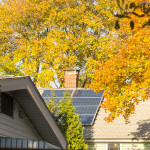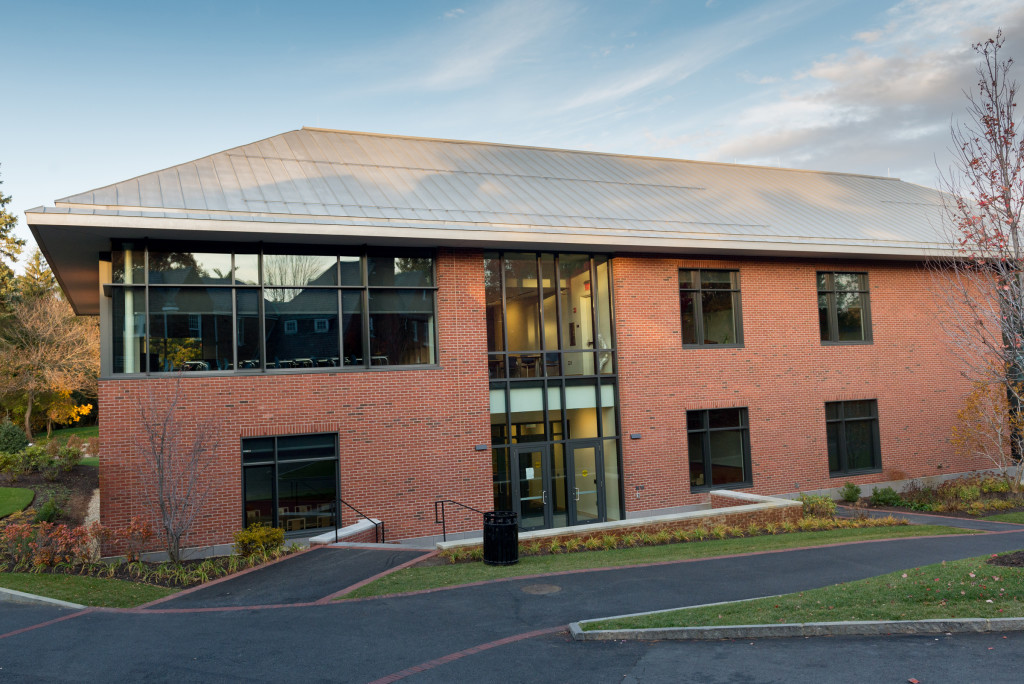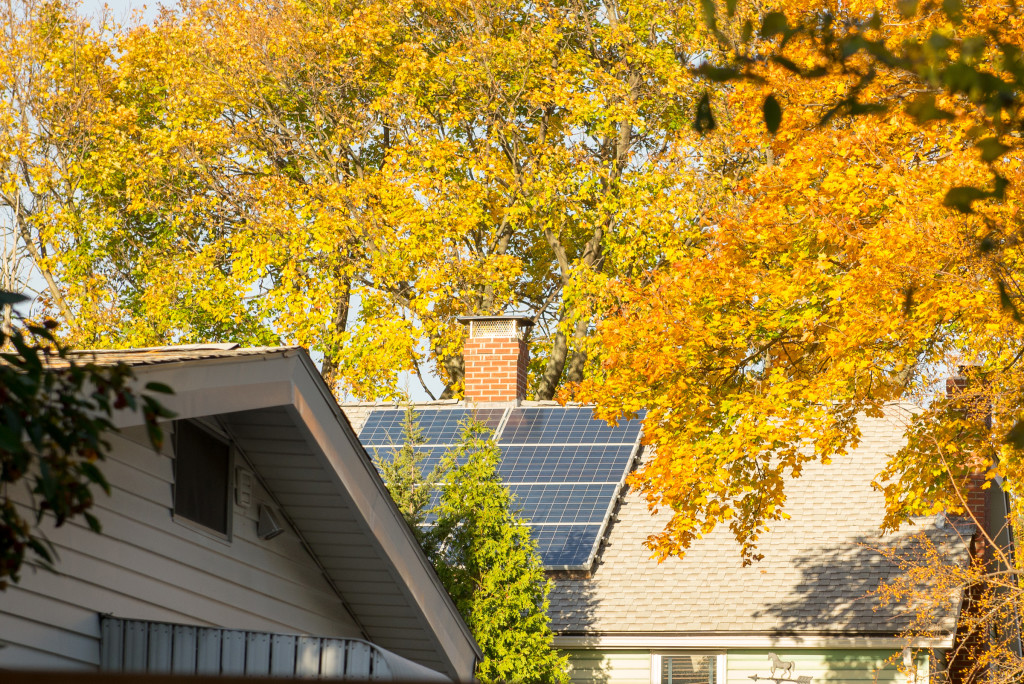
By Roger Wrubel
If you are interested in installing solar panels on your roof and saving money while reducing your carbon footprint, the time to act is NOW.
The first reason to act now is that the 30% federal tax credit for residential solar systems expires a short year from now, on December 31, 2016, and may very well not be renewed. To qualify for the credit, your solar system must be operational by the end of the 2016 calendar year.
The second reason to act now is that after several tumultuous years of internal debate and false starts, which discouraged solar vendors from working in Belmont, the Belmont Light Board voted unanimously, on September 30, 2015, for a permanent policy on solar arrays of up to 250 kilowatts (kW).
Although Belmont Light’s policy is less financially favorable for solar customers than those of National Grid or Eversource, it may be just attractive enough to draw solar vendors back to Belmont, and could provide homeowners with a reasonable return on their investment. (Eversource and National Grid are investor-owned utilities, bound by Massachusetts laws which are designed to encourage solar installations. Belmont Light is a municipal utility, in theory more responsive to local governance, hence exempt from those restrictions and allowed to set its own policy.)
Belmont’s New Solar Policy
If you generate electricity from your solar panels and use the electricity immediately in your home, you avoid purchasing power from Belmont Light at the retail price, which is now about 19 cents per kilowatt-hour. A typical Belmont home uses about 650 kilowatt hours per month.
If, at any moment, you generate more electricity than you use immediately, the surplus goes out onto the grid to be used by your neighbors, and Belmont Light credits your electric bill for this power at 11 cents per kilowatt-hour. The 11 cents represents Belmont Light’s avoided cost (i.e., not paid to another supplier) for electricity otherwise generated at remote power plants and transmitted to Belmont.
At night, or other times when the solar panels are not generating enough electricity to power your home, you may draw electricity from the Belmont grid and pay the retail price for what you consume, like all customers.
Power Purchase Agreements, a type of contract some solar vendors offer, will at Belmont Light’s insistence not be allowed in Belmont. This may be a problem for financing large solar projects in Belmont (see discussion at the end of this article).
The difference between the retail price for electricity (19 cents/kilowatt-hour) and the price that Belmont Light pays for your surplus solar power (11 cents/kilowatt-hour) represents Belmont Light’s charge for distribution (its employees and its in-town wires and other electric infrastructure), plus the debt service to build the new Belmont Light substation off Brighton Street.
How much will your electric bill decrease with solar power? That depends on the proportion of solar energy your home consumes in real time, as it is generated. The percentage will vary from household to household, depending on factors such as the size of the solar array and daily timing of a household’s electricity demand. In general, however, a typical single family home uses about 35 to 40% of a typical installed array in real time, with the remainder, 60% to 65%, flowing out to the grid.

Belmont Hill School solar panels, Jordan Athletic Center. The Belmont Hill School installed the 14,000-square-foot 186 kW solar photovoltaic system (which provides 20% of the school’s annual energy demand) via a Purchase Power Agreement with IRC Solar Roof Systems. / Emily Woods
What You Can Do Now
1. Contact a solar vendor to determine if your home is suitable for solar. A few local solar vendors are listed, without recommendation, in the box below. If your house receives enough sunlight to make solar panels economical, vendors will provide you with a proposal showing the cost of the system, amount of electricity your array will generate, amount saved each year in electric costs, and length of time to recoup your investment when all appropriate savings and incentives are included. You can buy a system, finance it, or lease it from some vendors. To get an idea of your own roof’s solar potential, consult Google’s Project Sunroof, www.google.com/get/sunroof#p=0 . It is advisable to compare proposals from at least two vendors and inquire about differences.
2. Wait until January for the Belmont Goes Solar campaign, now being planned. Members of Belmont’s Energy Committee, Sustainable Belmont, Belmont Light, and other interested citizens have been meeting to select a “preferred” vendor to offer solar systems to Belmont residents, hopefully at a discounted price. Look for information about Belmont Goes Solar starting in December.
Solar for Belmont Municipal Buildings
Municipal and school buildings can be good locations for relatively large solar arrays, and an effective way for Belmont to move away from carbon-based sources of energy. For some time, citizens and school department officials in Belmont have been trying to install solar panels on the Wellington School, a project which could number as many as 500 panels
Other communities have installed solar panels on public buildings via a Power Purchase Agreement (PPA). A PPA allows a solar vendor to construct a solar system on a town or school building at no cost to the town. The vendor finances the project by selling the solar-generated electricity to the town at a price below the retail price of electricity. Belmont Light has stated it will not allow PPAs because it feels they infringe on its legal monopoly to be the only company in Belmont to sell electricity and would open them to “retail choice,” where any resident is able to buy power from any electricity distributor.
In 2011, when this issue first arose, two lawyers provided Belmont Light with an opinion that the sale of electricity generated from a solar array on a school or other municipal building, through a PPA, did not violate Belmont Light’s monopoly rights and did not open Belmont up to “retail choice.” This issue continues to be actively argued before the Belmont Light Board and hopefully will be resolved soon. If Belmont Light prevails in preventing PPAs, it may limit financial options for funding relatively large solar arrays on any of Belmont’s municipal or school buildings.
Roger Wrubel is the director of Mass Audubon’s Habitat Education Center and Wildlife Sanctuary. Both Habitat and his own home in Belmont have solar arrays providing carbon-free energy.



Sorry, the comment form is closed at this time.